Tough to swallow: hints on giving your child medicine
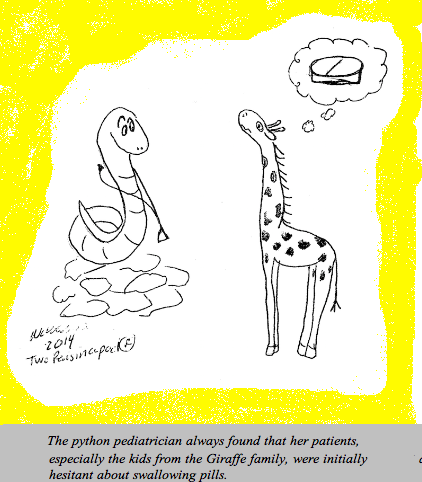 Does your kid spit out all medicine? Clamp her jaws shut at the sight of the antibiotic bottle? Refuse to take pain medicine when she clearly has a bad headache or sore throat?
Does your kid spit out all medicine? Clamp her jaws shut at the sight of the antibiotic bottle? Refuse to take pain medicine when she clearly has a bad headache or sore throat?
Sometimes medicine is optional but sometimes it’s not. Here are some ways to help the medicine go down:
Don’t make a fuss. We mean PARENTS: don’t make a fuss. Stay calm. Explain that you are giving your child medicine for … fill in the blank… reason, calmly give her the pill to swallow or the medicine cup or syringe filled and have her suck it down, then offer water to drink. If you make a BIG DEAL or warn about the taste or try to hurry your child along, she may become suspicious, stubborn or flustered herself. Calmness begets calm.
What if she hates the taste?
- Most medication can be given with a little chocolate syrup or applesauce (yes, Mary Poppins had the right idea). Check with your child’s pharmacist if your child’s particular prescription can be given this way.
- Often, your pharmacist can add flavor to your child’s prescription.
- Check if your child’s medicine comes in pill form so she doesn’t have to taste it at all.
- Try “chasing” the medicine down with chocolate milk instead of water to wash away a bad taste quicker.
- Use a syringe (no needle of course) to slowly put tiny bits of liquid medicine in the pocket between her outer teeth and her cheek. Sooner or later she will swallow. After all, she swallows her own saliva. ( A factoid: an adult swallows up to 1.5 liters of saliva a day.)
DON’T MIX the medication in a full bottle of liquid if you are administering medication to a baby. There is a good chance that the baby will not finish the bottle and therefore the baby will not finish the medication. Also, some medications will no longer work if they are dissolved in a liquid.
WHAT IF SHE THROWS UP THE MEDICATION? Call your child’s doctor, if the medication was not in the stomach for more than 15 minutes, we will often not count it as a dose and may instruct you give another dose.
WHAT IF SHE CAN’T SWALLOW PILLS? If your child can swallow food, she can swallow a pill. Dense liquids such as milk carry pills down the food pipe more smoothly than water. Start with swallowing a grain of rice or a tic-tac. For many kids, it is hard to shake the sequence of biting then swallowing. Face it. You spent a lot of time when she was toddler hovering over her as she stuffed Cheerios in her mouth, muttering “bite-chew-chew-swallow.” Now that you want her to swallow in one gulp, she is balking. Luckily, most medication in pills, although bitter tasting, will still work if you tell your child to take one quick bite and then swallow. The exception is a capsule. The gnashing of little teeth will deactivate the microbeads in a capsule release system. If you are not sure, ask your pharmacist. For more ideas, read our prior post on How to swallow pills.
WHAT IF ALL ATTEMPTS AT ORAL MEDICINE FAIL? Talk to your child’s doctor. Some liquid antibiotics come in shot form and your pediatrician can inject the medicine (such as penicillin), and some come in suppository form; Tylenol (generic name acetaminophen) is an example. You can buy rectal Tylenol if sore throat pain or mouth sores prevent swallowing or if your child simply is stubborn. Sometimes you just have to have one adult hold the child and another to pry open her mouth, insert medicine, then close her mouth again.
HAVE AN EAR DROP HATER? First walk around with the bottle in your pocket to warm the drops up. Cold drops in an ear are very annoying. (In fact, if cold liquid is poured into the ear a reflex occurs that causes the eyes beat rapidly back and forth). Use distraction. Turn on a movie or age-appropriate TV show, have your child lie down on the couch on her side with the affected ear facing up. Pull the outside of her ear up and outward to make the ear opening more accessible, then insert the drops and let her stay lying down watching her show for about 10 minutes. If you need to treat both ears, have her flip to the other side of the couch, affected ear up, and repeat. Another option: treat your child while she sleeps.
AFRAID OF EYE DROPS? If your child is like Dr. Kardos who is STILL eye-drop phobic as a grown-up, try one of two ways to instill eye drops. Have your child lie down, have one person distract and cause your child to look to one side, insert the drop into the side of the eye that your child is looking AWAY from. She will blink and distribute the medicine throughout the eye.
ALTERNATIVELY, have your child close her eyes and turn her head slightly TOWARD the eye you need to treat. Instill 2 drops, rather than one, into the corner of her eye nearest her nose. Then have her open her eyes and turn her head slowly back to midline: the drops should drop right into her eye. Repeat for the second eye if needed.
HATE CREAM? Some kids need medicated cream applied to various skin conditions. And some kids hate the feeling of goop on their skin. These are often the same kids who hate sunscreen. Again, distraction can help. Take a hairbrush and “brush” the opposite arm or some other area of the body far away from the area that needs the cream. Alternatively, apply the cream during sleep. Another option- let your child apply his own cream- this gives back a feeling of control which can lead to better compliance with medicine. It also will help him to feel better faster. IF your child is complaining about stinging, try an ointment instead. Ointments tend to sting less than creams.
Of course, as last resort, you can always explain to your child in a logical, systematic fashion the mechanism of action of the medication and the future implications on your child’s health outcome.
If you choose this last method, you should probably have some Hershey’s syrup nearby. Just in case.
Julie Kardos, MD and Naline Lai, MD
©2014 Two Peds in a Pod®
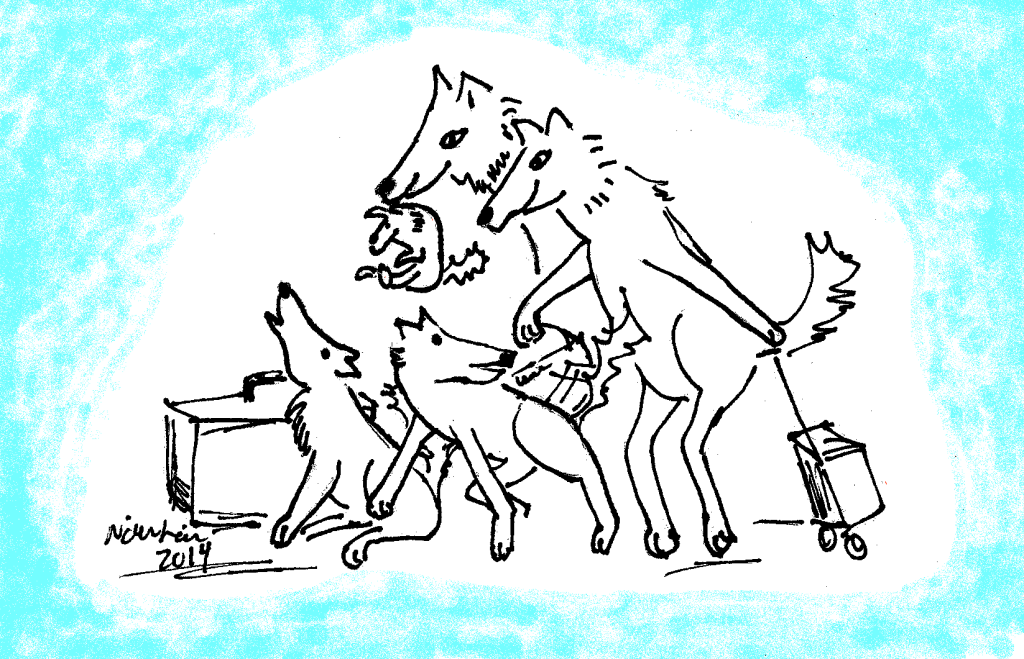
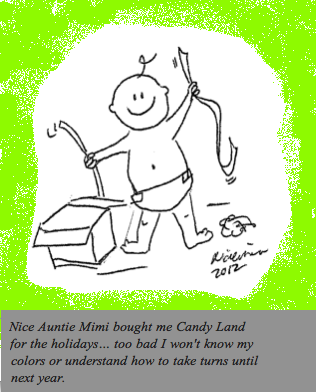
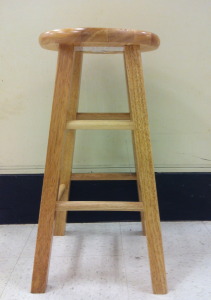
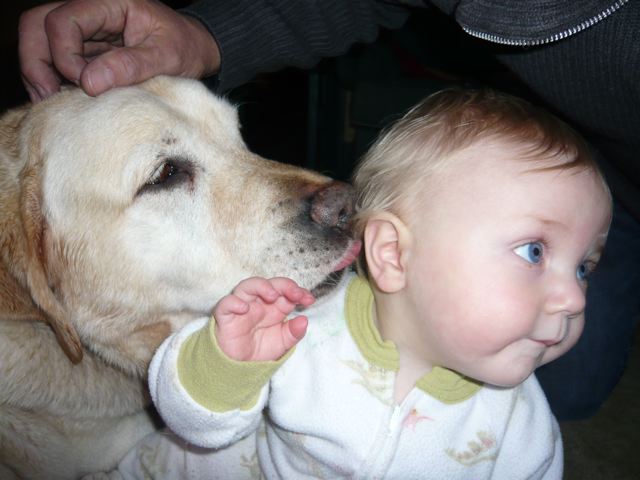
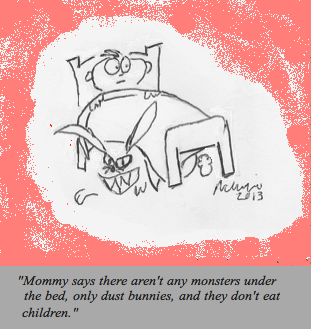

 “Potty training—will it ever end?” many parents ask. Time moves in slow motion for parents teaching their kids to use the potty. For those trapped in a training time warp, take heart. It’s been almost four years since our
“Potty training—will it ever end?” many parents ask. Time moves in slow motion for parents teaching their kids to use the potty. For those trapped in a training time warp, take heart. It’s been almost four years since our  The grand finale… the music blares, a giant grey mouse dances on the stage, and six full tables of kids look on a
The grand finale… the music blares, a giant grey mouse dances on the stage, and six full tables of kids look on a